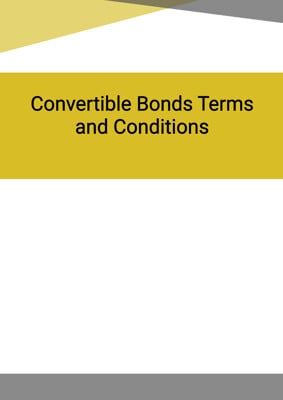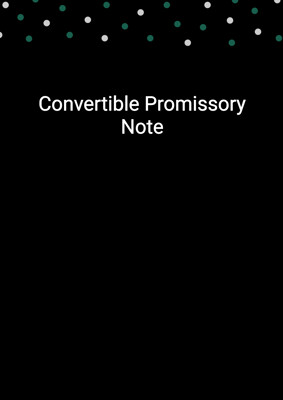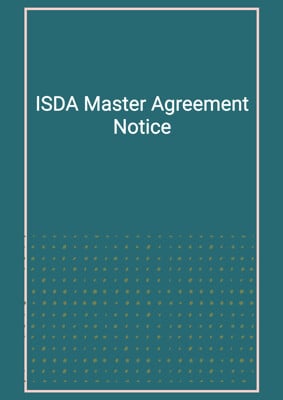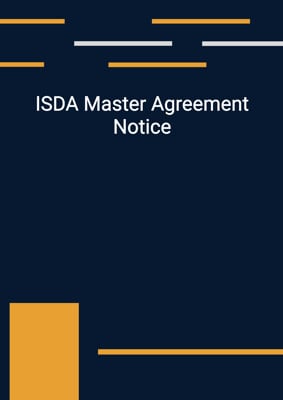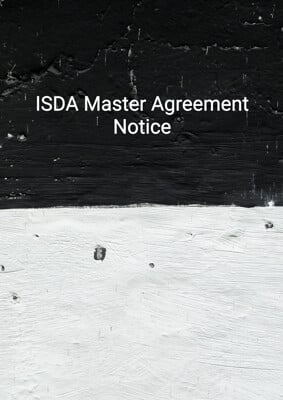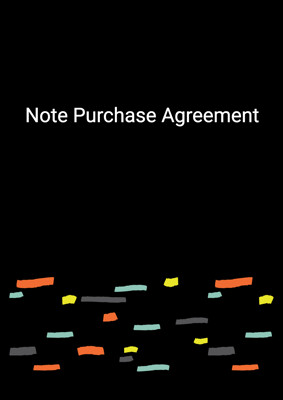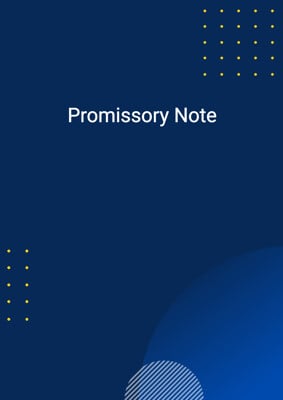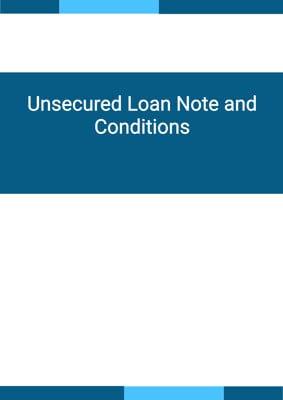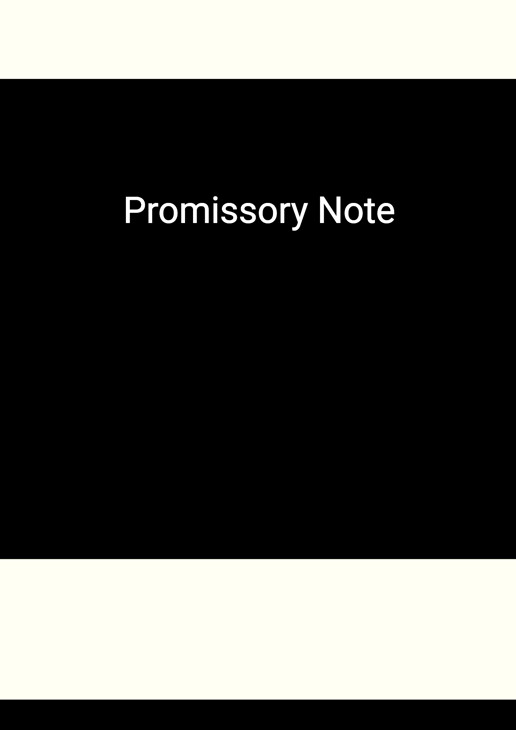
Promissory Note
Secured
This document can be used as a template for Secured Promissory Note with Conditions. A promissory note is a financial instrument that contains a written promise by one party (the issuer of the note) to pay another party (the note's payee) a definite sum of money, at a specified future date. The Note will also set out the Conditions of Repayment of this amount of money by the Lender.
How to Tailor the Document for Your Need?
01
Create Document
Click "Create Document" button and the document will be prepared with your account details automatically filled in.
02
Fill Information
Please fill in any additional information by following the step-by-step guide on the left hand side of the preview document and click the "Next" button.
03
Get Document
When you are done, click the "Get Document" button and you can download the document in Word or PDF format.
04
Review Document
Please review the document carefully and make any final modifications to ensure that the details are correct before publication / distribution.
Document Preview
Document Description
The Promissory Note is a legally binding document that outlines the terms and conditions of a loan agreement between a borrower and a lender. It serves as evidence of the borrower's promise to repay the lender a specified amount of money, along with any accrued interest, within a certain timeframe. The importance of this document cannot be overstated, as it protects the rights and interests of both parties involved in the loan transaction.
The entire document is divided into several sections, each serving a specific purpose. The first section is the title, which clearly identifies the document as a Promissory Note. It also includes the names and addresses of both the borrower and the lender, establishing their identities and contact information.
The content of the Promissory Note begins with a brief introduction, stating the date on which the note is made and the parties involved. It also mentions that the lender promises to pay the borrower the principal sum of money, along with any interest, according to the conditions specified in the note.
The conditions section of the document outlines the repayment terms of the note. It explains that the borrower is responsible for repaying the principal amount and interest either in a single sum on the due date or in installments on specific dates. It also clarifies that any late fees will be deducted from the payments, followed by interest and then the principal.
The interest section of the note specifies whether or not interest is applicable. If interest is applicable, it states the rate at which it will be charged and the frequency of payments. It also mentions that the final payment of accrued interest will be made on the date of repayment.
The late payment section addresses the consequences of non-payment or delayed payment. It states that if any amount is not repaid on the due date, the borrower will be liable to pay interest at a default rate. It also grants the lender the right to declare all outstanding sums immediately due and payable if the borrower fails to cure the default within 7 days of receiving written notice.
The legal fees and costs section states that the lender will bear the costs incurred by the borrower in collecting sums due after a default, including reasonable legal fees. It also mentions that the prevailing party in any legal proceeding related to the note will be entitled to recover its legal fees and costs from the non-prevailing party.
The execution section clarifies that the borrower executes the note as a principal and not as a surety. It also states that if there are multiple borrowers, they will be jointly and severally liable under the note.
The transfer of notes section outlines the conditions under which a borrower can transfer the ownership of the notes. It states that a note can be transferred by a written instrument approved by the lender, and a fresh note will be issued for any remaining balance.
The renewal of notes section explains the process of renewing a defaced, worn out, lost, or destroyed note. It mentions that a fee may be charged for renewal and that the borrower will be responsible for any expenses related to investigating the loss or destruction.
The notices section specifies the methods of delivering notices under the note. It states that notices can be sent by post to the lender's or borrower's address, and that sending a notice by first-class mail will be deemed as proper service.
The waiver section includes the lender's waiver of presentment for payment, notice of dishonor, protest, and notice of protest. It also clarifies that the lender's failure or delay in exercising their rights under the note does not constitute a waiver.
The no third-party beneficiaries section states that the note does not confer any rights or remedies upon any person or entity other than the parties involved.
The severability section ensures that if any provision of the note is determined to be void or unenforceable, it will not affect the validity or enforceability of the other provisions.
The amendment of this note section states that the note cannot be modified or amended except by a written agreement signed by both the borrower and the lender.
The security section mentions that the note is secured by certain assets or collateral, although the specific details of the security are not provided in the document.
The document concludes with the signature blocks for the borrower and the lender, as well as the names and addresses of the witnesses who witnessed the signing of the note.
How to use this document?
To use the Promissory Note effectively, follow these steps:
1. Provide information: Enter the names and addresses of the borrower and the lender in the designated fields. This ensures that both parties are clearly identified.
2. Specify repayment terms: Choose whether the repayment will be made in a single sum or in installments. Enter the agreed-upon amount and due dates accordingly. This ensures that both parties are aware of the repayment expectations.
3. Determine interest: Decide whether interest will be charged on the loan. If yes, enter the agreed-upon interest rate and specify the frequency of interest payments. This ensures that both parties understand the financial implications of the loan.
4. Address late payment consequences: Clearly state the consequences of late payment, including the default interest rate and the lender's right to declare all outstanding sums due and payable. This ensures that both parties are aware of the potential penalties for non-payment.
5. Consider legal fees and costs: Discuss and agree upon the allocation of legal fees and costs in case of default or legal proceedings. This ensures that both parties understand their financial responsibilities in such situations.
6. Execute the note: Sign the Promissory Note as a principal borrower or lender, ensuring that all parties involved in the loan transaction have signed the document. This makes the note legally binding.
7. Keep copies: Make copies of the signed Promissory Note for all parties involved, including the witnesses. This ensures that everyone has a record of the agreement.
Note: This guidance provides a general overview of using the Promissory Note. It is important to consult with legal professionals or financial advisors to ensure compliance with applicable laws and regulations.
Not the right document?
Don’t worry, we have thousands of documents for you to choose from:

